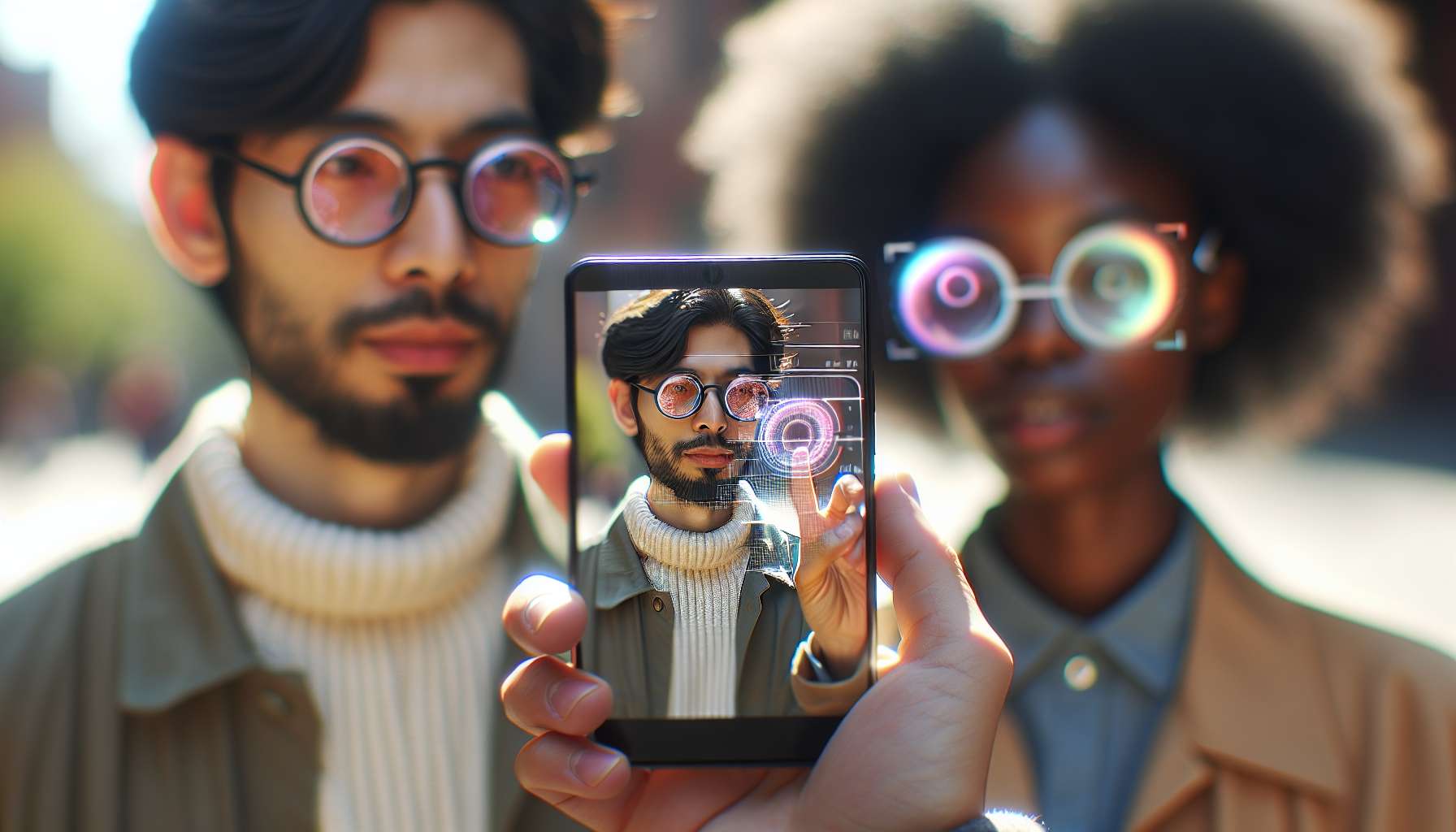The Future of B2B Marketing: Trends in AR and 3D Visualization
Augmented Reality (AR) and 3D Visualization are revolutionizing the way businesses market their products and services. With the ability to create immersive and interactive experiences, these technologies are becoming increasingly popular in the B2B marketing landscape. In this article, we will explore the latest trends in AR and 3D Visualization and discuss what the future holds for B2B marketing.
1. Enhanced Product Demonstrations
AR and 3D Visualization allow businesses to showcase their products in a whole new way. Instead of relying on traditional brochures or static images, companies can now create virtual product demonstrations that provide a realistic and interactive experience. This not only helps potential customers visualize the product in action but also allows them to explore its features and functionalities in detail. By incorporating AR and 3D Visualization into their marketing strategies, businesses can effectively communicate the value of their products and differentiate themselves from competitors.
2. Personalized Customer Experiences
One of the key advantages of AR and 3D Visualization is their ability to deliver personalized customer experiences. By leveraging data and artificial intelligence, businesses can create customized AR content that caters to the specific needs and preferences of individual customers. For example, a B2B software company can use AR to provide personalized demos of their product, tailored to the unique requirements of each potential client. This level of personalization not only enhances customer engagement but also increases the chances of conversion.
3. Virtual Showrooms and Trade Shows
AR and 3D Visualization are transforming the way businesses participate in trade shows and showcase their products. Instead of investing in physical booths and displays, companies can now create virtual showrooms that can be accessed from anywhere in the world. This not only saves costs but also allows businesses to reach a wider audience. With AR, potential customers can virtually walk through the showroom, interact with products, and even make purchases. This opens up new opportunities for B2B companies to expand their reach and generate leads.
4. Remote Collaboration and Training
AR and 3D Visualization are also revolutionizing remote collaboration and training in the B2B space. With the ability to overlay digital information onto the real world, businesses can facilitate remote collaboration between teams located in different parts of the world. For example, engineers can use AR to visualize and annotate 3D models, making it easier to communicate and collaborate on complex projects. Additionally, AR can be used for remote training, allowing employees to learn new skills and procedures in a virtual environment. This not only saves time and costs but also improves the efficiency of training programs.
5. Data-Driven Insights and Analytics
AR and 3D Visualization provide businesses with valuable data and insights that can be used to optimize marketing strategies. By tracking user interactions and behaviors within AR experiences, companies can gain a deeper understanding of customer preferences and interests. This data can then be used to refine marketing campaigns, personalize content, and improve overall customer engagement. Additionally, AR and 3D Visualization platforms often come with built-in analytics tools that provide real-time performance metrics, allowing businesses to measure the effectiveness of their marketing efforts and make data-driven decisions.
In conclusion, the future of B2B marketing lies in the integration of AR and 3D Visualization. These technologies offer exciting opportunities for businesses to enhance product demonstrations, deliver personalized customer experiences, create virtual showrooms, facilitate remote collaboration and training, and gain valuable data-driven insights. As the technology continues to evolve, we can expect even more innovative use cases and applications in the B2B marketing landscape. Embracing these trends will not only give businesses a competitive edge but also provide customers with immersive and engaging experiences that drive business growth.





